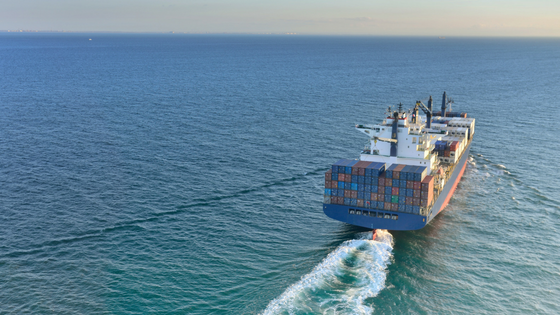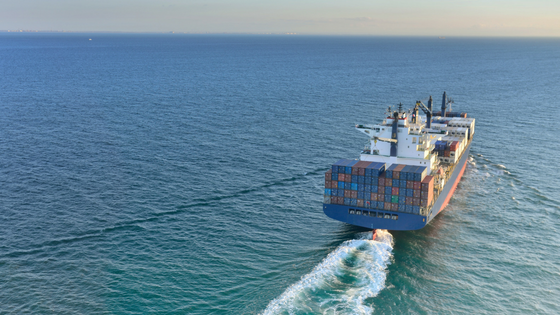If you missed seeing Captain Phillips on the big screen, here’s the rundown of this real-life adventure story.
Captain Richard Phillips takes command of the Maersk Alabama on a voyage from Oman to Kenya and encounters some unruly pirates along the way. Efforts to dodge the pirates were futile, and Phillips allows himself to be taken hostage in efforts to protect his crew.
 |
| Cargo ship at sea |
To avoid any major spoilers (in case you plan on seeing the film yourself), a few clever tactics and plenty of preparedness allow Richards to walk free while putting the bad guys where they belong.
For a while, the movie is a gripping tennis match that makes you wonder which side will triumph. The tables turn often, and it’s not always obvious that the good guys will prevail.
So what does this have to do with maritime professionals, aside from the fact that the film took place on rough seas during a standard shipping procedure?
A lot, actually.
These four takeaways from the movie can be applied to any maritime situation, even the ones not cooked up by Hollywood:
Safety Training Pays Off
During the film, you don’t see much safety training in real time, but you can tell the captain and crew have all undergone their fair share of training sessions by the way they handle the situation.
The cast members know of the potential dangers ahead and take every precaution to avoid them. It wasn’t enough to stave off a hostage situation, but it does show that even the most prepared companies can’t fend off every possible disaster. However, it can certainly help prevent a bad situation from becoming worse.
Crisis Communication Requires Everyone’s Involvement
During a crisis, there is no single hero that swoops in to save the day. Even Phillips had to rely on help from above (literally) by radioing for air support. Without active participation from his on-board crew and remote teams, the outcome could have been severe.
The same holds true in any safety-related situation, maritime or otherwise. There will be times when groups and departments who don’t typically work side by side must band together to avoid a crisis, and communication will play a huge role. Each person must be confident in others’ abilities to do their part to ensure the safety of everyone.
Risk Planning Is Non-Negotiable
When Captain Phillips allows himself to be taken hostage as he tells his crew to hide, he’s taking a major risk that could result in his demise. But this move was carefully calculated in his mind because he knew he had something valuable to offer: the $30,000 sitting in the ship’s safe.
Your own captains may not have such assets at their disposal (and hopefully they will never need such a trump card). But it’s important you emphasize that every decision carries a risk, and some weigh heavier than others. Calculating these risks are critical in making the right decisions, especially when decisions must be made quickly with not much information to go on.
You Can Never Over-Emphasize Threat Preparedness
You may not be able to prepare for every sort of threat you could encounter on the job. There could be thousands of incidents that could happen at any given time, the likelihood of each being very minuscule. Even a single pirate attack could happen in a variety of ways, everything from the weapons they wield to the number of pirates trying to seize the ship.
However, the fact that it’s difficult to be prepared for every situation doesn’t negate the fact that you should at least strive for threat preparedness.
Having thorough preparedness training can help your team to navigate through threats with a clear mind, even if they aren’t prepared for the exact circumstances.
Could There Be Another Captain Phillips?
Captain Phillips may be a movie, but the events that led to the screenplay were 100% real. It’s a situation that could happen to any shipping or maritime company, even the ones that have invested in crisis training and threat preparedness, which make those investments all the more valuable. The better able you are to prepare for such disasters, the more skilled you can become at averting the worst possible outcome.
Further reading: Maritime: Improving Safety at Sea (and in the Office)
